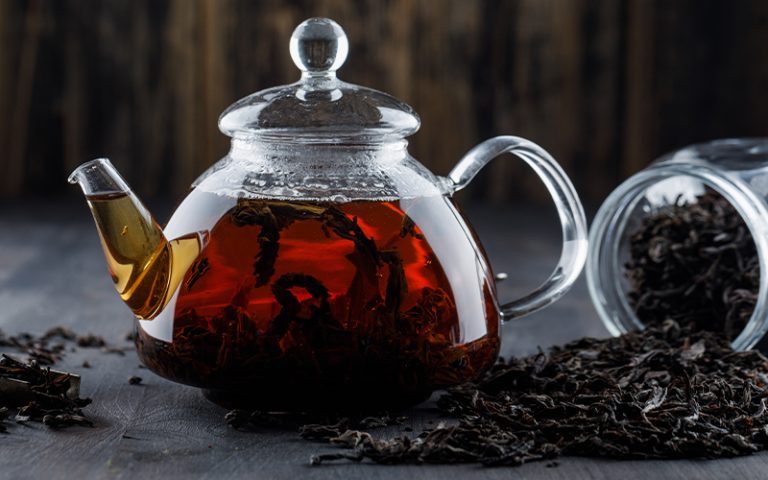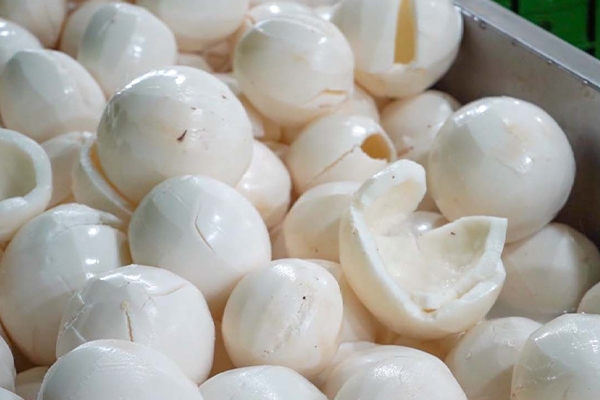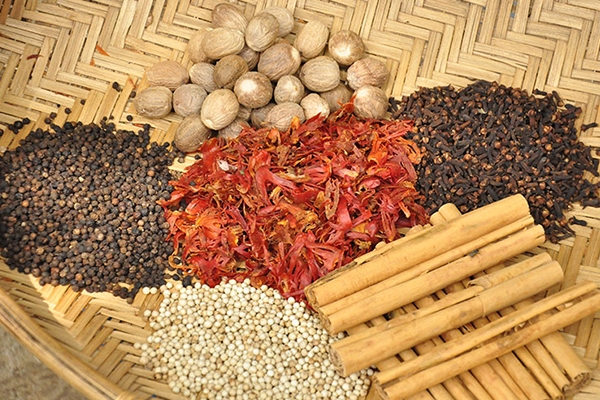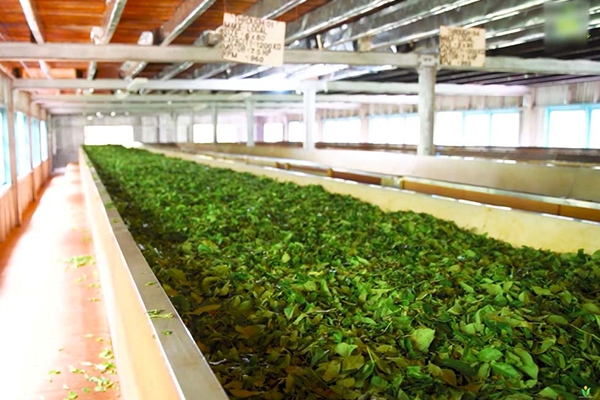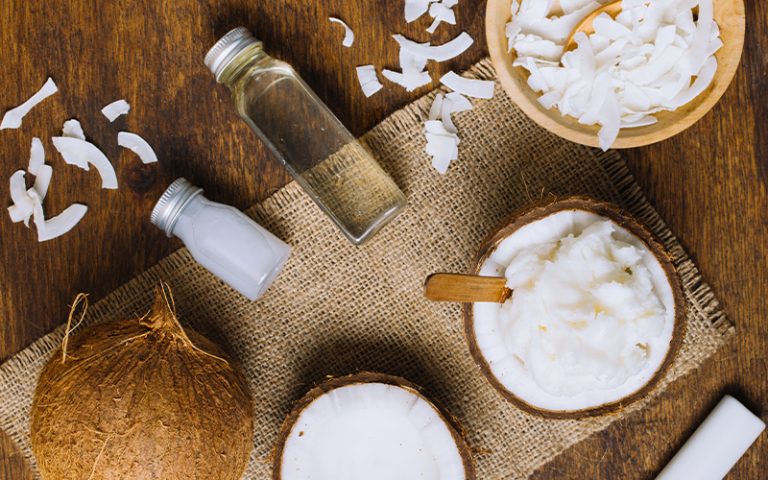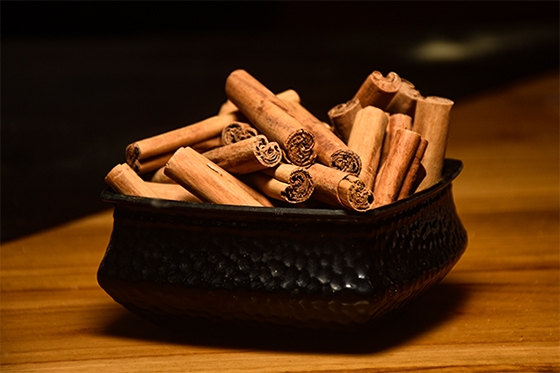Our Blog
Discover expert tips, industry trends, and updates from JAPC’s journey — from sustainable farming to global organic exports. Stay informed with stories that matter to your health, your business, and the planet.
Our Blog
Discover expert tips, industry trends, and updates from JAPC’s journey — from sustainable farming to global organic exports. Stay informed with stories that matter to your health, your business, and the planet.
Our blog is where we share our passion and knowledge for organic agriculture, ethical trade, and product innovations. Whether you’re a partner, customer, or enthusiast, you’ll find valuable content curated by our in-house experts.
Want more updates from JAPC?
Subscribe to our newsletter or follow us on social media to stay in the loop with the latest organic insights and product news.

